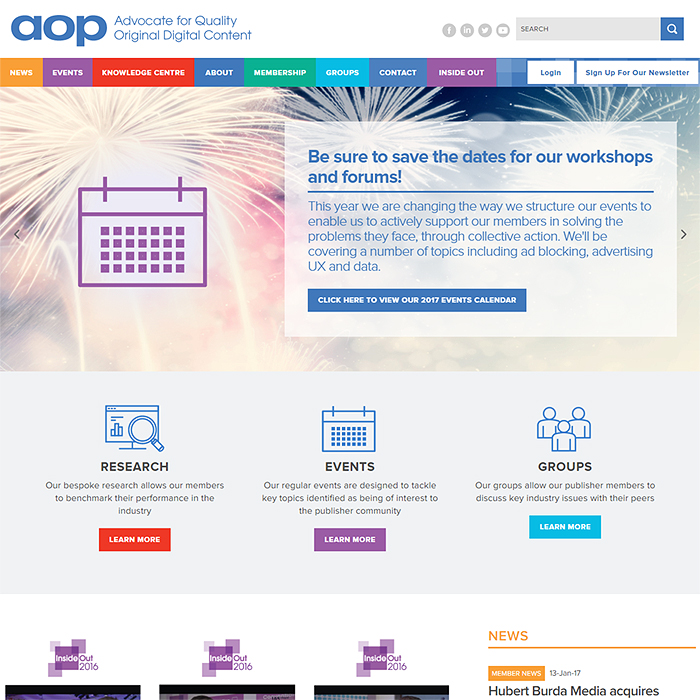Top 10 Mistakes Companies make with Social Commerce

Half Measures don’t get you anywhere in Social Commerce, you’ve got to be committed and put in the time and effort to engage with people online for a Social Commerce strategy to work. Social commerce is a combination of great products (and offers), great content and direct community engagement online. You need all three elements working together effectively for this strategy to work.
Where things go Wrong in Social Commerce (and what to do to make them right)
Not Doing Enough
Most organisations simply don’t blog, Tweet or engage enough with their clients online. Social media is very different from email, people connect in when they want to, there isn’t an Inbox which gets filled up. It means that you can and should, be much more frequent with social communication than with traditional correspondence. The content still has to be relevant to your customer base, otherwise you’ll suffer the same fate as with spam, i.e. the un-follow.
Not Reliable
It is no good being patchy when it comes to social engagement, you have to be online every working day engaging with the community in some capacity, e.g. Twitter / Facebook, even if you aren’t Blogging every day.
Disconnected
It’s all too common to see Facebook promotions which aren’t Tweeted or on the main Blog, or great videos which are not used in the store, and Blogs which aren’t directly hooked into any other channel. This is a massive waste of effort since frequently the subscriber bases for each of these social channels have very little overlap and most people miss out. All elements of your social engagements need to work together. It means that if you’re doing a store promotion, it needs to be promoted through the social media (whether it is an online or real-world store). The different social media need to be equally coordinated.
Way too many blog posts, product placements and promotions are run without proper links in place, this greatly reduces the overall level of engagement and follow-on. The more appropriate links and associated content for any product, promotion or communication, the better as these will drive more engagement and better promote your communications channels.
It is also essential to hook all the social channels directly into the store pages, especially the key gateway pages on the store so that the promotions and engagement are available right at the heart of your commercial offering.
Poor Media
Most social content has poor or no imagery, this immediately lowers the quality of the experience and devalues the brand. There is so much great media available under Creative Commons and within most organisations that every blog post and promotion could easily have great visuals.
Not Personal
Too many social identities look fake, even when there are real people behind them. People relate to People. The more personal you can make the communication and engagement the better. It is essential to have corporate profiles and identities, but also essential that individuals also have their own identity and profile images when engaging with the community. Having your logo on the Avatars makes them all the more effective as they combine personality with your brand.
Poor Spelling and Grammar
Way too much social communication fails the spelling test. There’s just no excuse for this as all modern browsers have spell checkers in place. Everyone should also read their own stuff before sharing it, and fix the mistakes in advance.
Not Communicating the Obvious
Frequently organisations will assume that people know all about them when doing social promotions. In truth most people won’t know about you. If you provide products at the best price let people know; if you’re targeting a specific sector / region then including it in your posts; if you have something which is unique or exclusive let everyone know. Don’t just say Product X is in stock, say Product X is in stock for the best price in Y location.
Not Tagged
Way too many social media promotions are very weak when it comes to tagging them effectively to maximize SEO exposure. Make sure that SEO and Social Media go hand-in-hand and not as separate initiatives. Increasingly SEO is driven by social content since it is the unique, topical content which Google loves, whereas catalogue and product content might exist across thousands of sites and add no SEO value whatsoever.
Social pages will frequently also rank way higher than your catalogue pages, so you must hook into them and refer users through to your product / sales pages wherever is appropriate. What many companies do not realise is that Google operates something of a ’first comes first served’ policy to ranking pages. Make sure you have the content first, and that it is unique if you want the wider community to find it.
Not Engaging
You should make sure that your social media channels are appropriately named: you can have them directly related to your brands, your brand support, your sector and your target markets. The best companies target all four. Your content should also be fresh, topical, relevant and contemporary, and written in a style which you and your community relate to.
Weak Use of Analytics
Most social commerce initiatives don’t have access to or don’t use their analytics tools effectively. You’ve got to look at what’s working and what’s not. What communication is converting into higher sales, which is improving brand awareness, and which is not adding any value whatsoever. Get your Google Analytics fully plugged in, and use a solution like Affino to give you the true picture of your Social Commerce initiatives.
Your Organisation is the Core of your Community
The single most important thing to realize is that your team is the core of your community. Your team (including management) has to be engaged, comment on each other’s posts; rate and comment on your products; re-tweet each other’s best Tweets; rate each other, network with and recommend each other. It is much easier for your customers and the wider community to engage with a community which already exists, rather than something which is just seen as an alternative promotions channel. Social Media has to be social to be engaging and Social Commerce has to be fully bought into throughout the sales process to be effective.
The Key Tools for Social Commerce
The five key tools for driving forward the strategy are your socially connected ecommerce store, your Blog, Twitter and Facebook pages, and YouTube videos. These need to work perfectly together and promote each other, as does the team running them. It means that if you’re blogging you need to relate in the products you’re selling. If you’re Tweeting you should be on-topic and engaging in conversations with customers, prospects, and the wider community. If you’re writing your articles they should be topical, relevant and directly / indirectly related to the products and services you’re selling. Likewise the Store has to be 100% connected into the social flows to make the most of the activity and engagement.
Essential Resources
There are a number of great posts on this blog to get you started down the right path with Social commerce. The most important ones are: Creating a Winning SEO Strategy, The Essentials For Online Success: Personality, Unique Content and Currentcy, The Four Essential Job Roles in Social Commerce, and Why You should be Blogging.

Did you find this content useful?
Thank you for your input
Thank you for your feedback
Upcoming and Former Events
Affino Innovation Briefing 2024
Webinar - Introduction to Affino's Expert AI Solutions - Session #2
Webinar - Introduction to Affino's Expert AI Solutions - Session #1
PPA Independent Publisher Conference and Awards 2023
Driving business at some of the world's most forward thinking companies
Meetings:
Google Meet and Zoom
Venue:
Soho House, Soho Works +
Registered Office:
55 Bathurst Mews
London, UK
W2 2SB
© Affino 2025


















